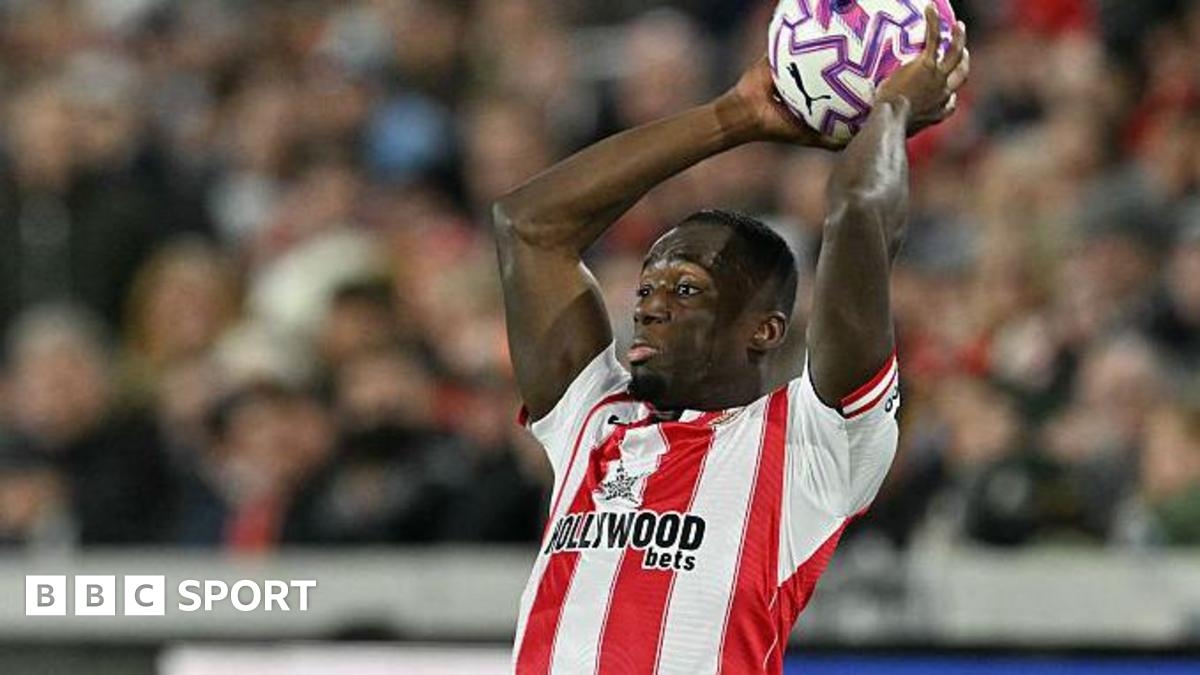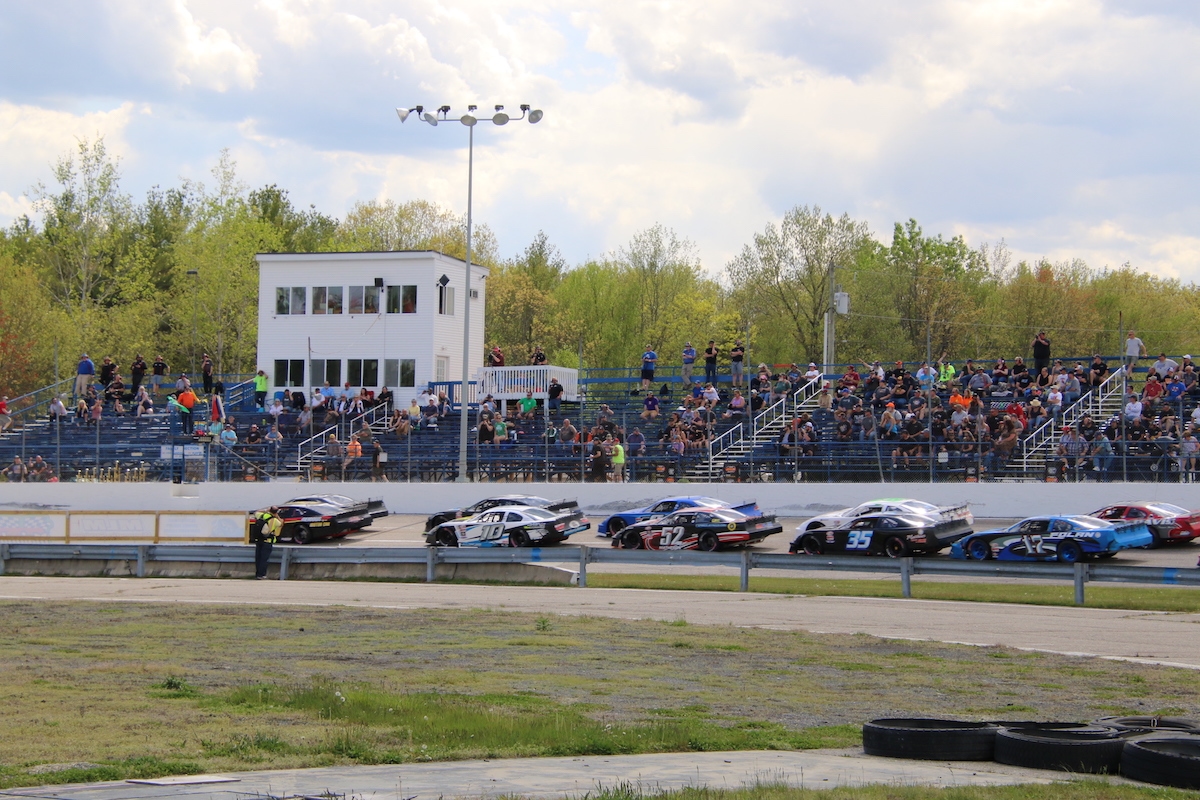Phoenix Can Serve As Springboard To 2026

MOORESVILLE, N.C. — With the exception of the four NASCAR Cup Series drivers vying for a championship Sunday at Phoenix Raceway, the season-ending race at the one-mile oval allows everyone else the opportunity to end their year on a high note while simultaneously preparing for 2026.
A solid performance in the finale at Phoenix can help teams establish a proper baseline for the beginning of next season, which is appropriate since Monument Hill, which overlooks the racetrack, served as the baseline for almost every property description in Phoenix.
Back in 1867, land surveyor William H. Pierce and his seven-man crew used Monument Hill as the zero point for Phoenix’s grid layout. The survey became the Gila and Salt River Baseline, and it’s where nearby Baseline Road earned its name.
Baseline Road is the stretch of asphalt that runs parallel to Interstate 10. It connects suburban Phoenix to the track’s location in Avondale, and for teams staying near Phoenix Sky Harbor Airport, it’s an effective backway into the track.
For those seeking a better baseline for 2026, Baseline Road sends them in the right direction.
“Phoenix can be a springboard for next season,” said Cody Ware, driver of the No. 51 Mighty Fire Breaker Ford Mustang Dark Horse for Rick Ware Racing. “That’s not to say we need to have a phenomenal finish at Phoenix, but you definitely want to end the year on a high note by having a good race and learning some things that you can expand on during the offseason.
“Positive momentum can be carried into the Clash at Bowman Gray and Daytona. November and December go by quickly and, next thing you know, it’s January and it’s hammer down on car prep before you load up for the Clash.
“It’s called the offseason, but there’s not much ‘off’ in it. We want a good result at Phoenix to carry us through all the work we need to do to get ready for next year.”
Phoenix is a flat and fast track. Pairing mechanical balance with a car’s aerodynamics is what allows a driver to feel secure when wheeling his racecar through the scant nine degrees of banking in turns one and two and the 11 degrees of banking in turns three and four.
“Phoenix has always been a difficult racetrack,” Ware said. “It’s not really a short track because it’s so wide and so fast. It kind of blends the lines of an intermediate, downforce-style track into a short track.
“Like a short track, we’re doing a lot of shifting at Phoenix, and there are different ways to approach the corners in regard to how many times you’re shifting and where you’re shifting.”
The other element that’s specific to the season finale at Phoenix is that four drivers are racing for a championship amid 34 drivers who aren’t.
“You always have in the back of your mind that a championship is being decided around you,” Ware said. “You don’t want to make a headline that alters that championship. In fact, I don’t want to be mentioned on the broadcast until after the race is over. I want to be Mr. Invisible until the checkered flag drops and then if they’re talking about me, it’s because I had a good finish.”
Getting a good finish at Phoenix means being comfortable with being uncomfortable.
“Loose is fast at Phoenix, and the setups there are very aggressive,” Ware said. “You’ve got to run the car mechanically free, so you never feel good around Phoenix.
“Even though it’s only a 312-lap race, it feels like a very long 312 laps. You’re out of breath at the end of it. You definitely feel like you’ve earned a well-deserved offseason once the checkered flag drops.”
speedsport





